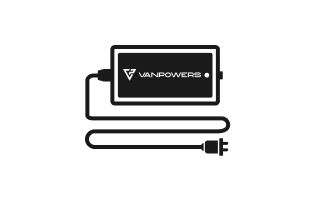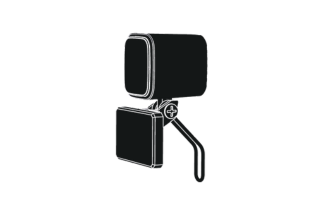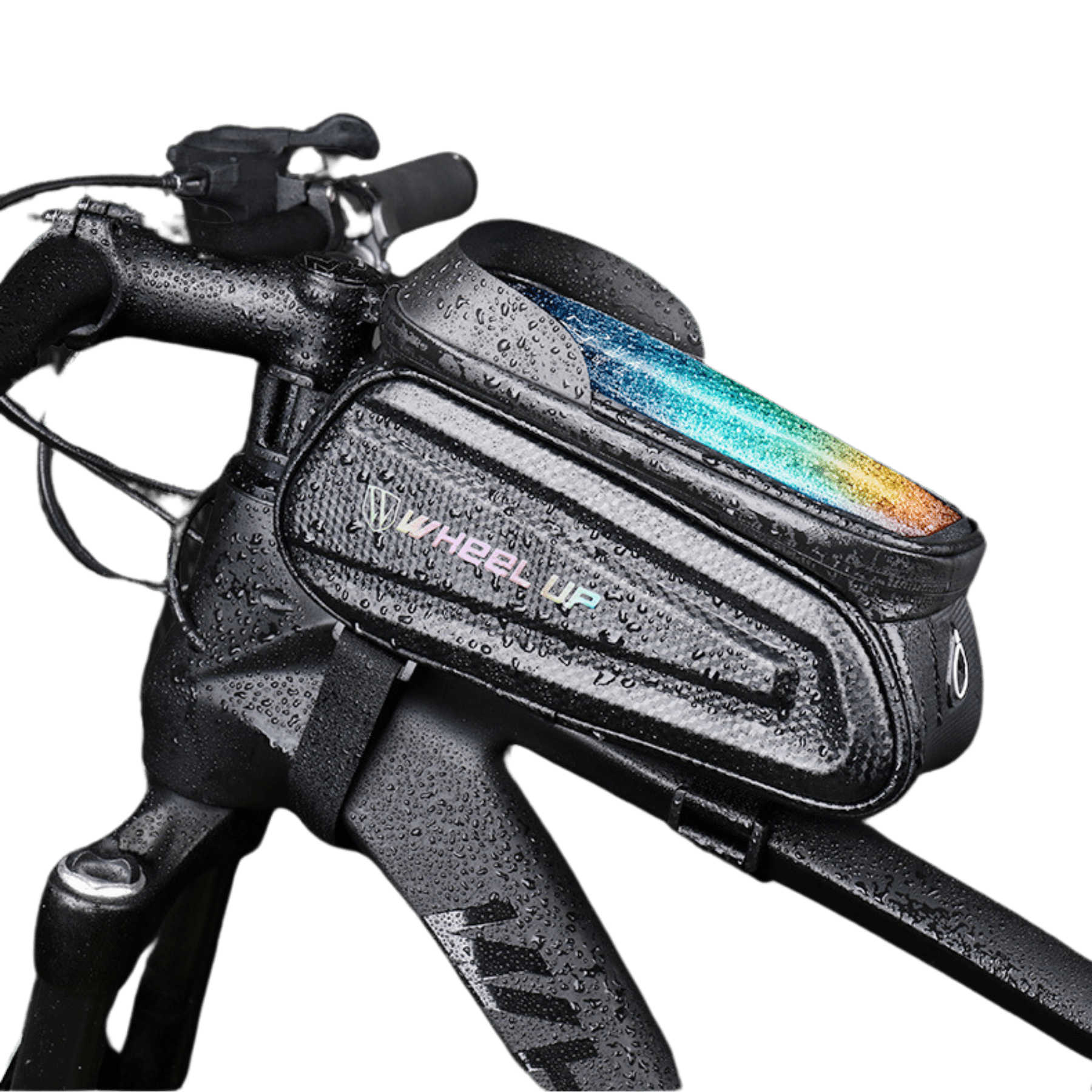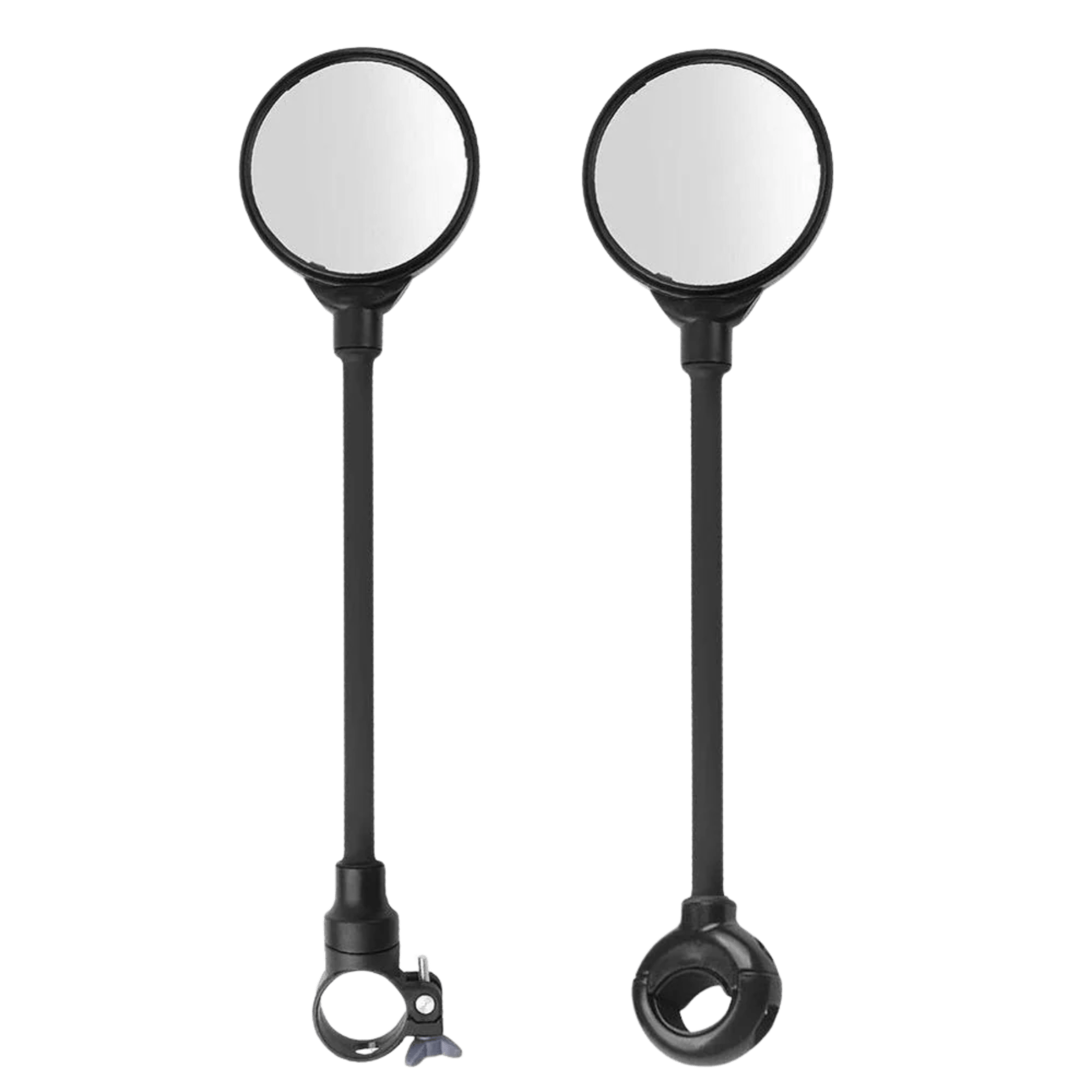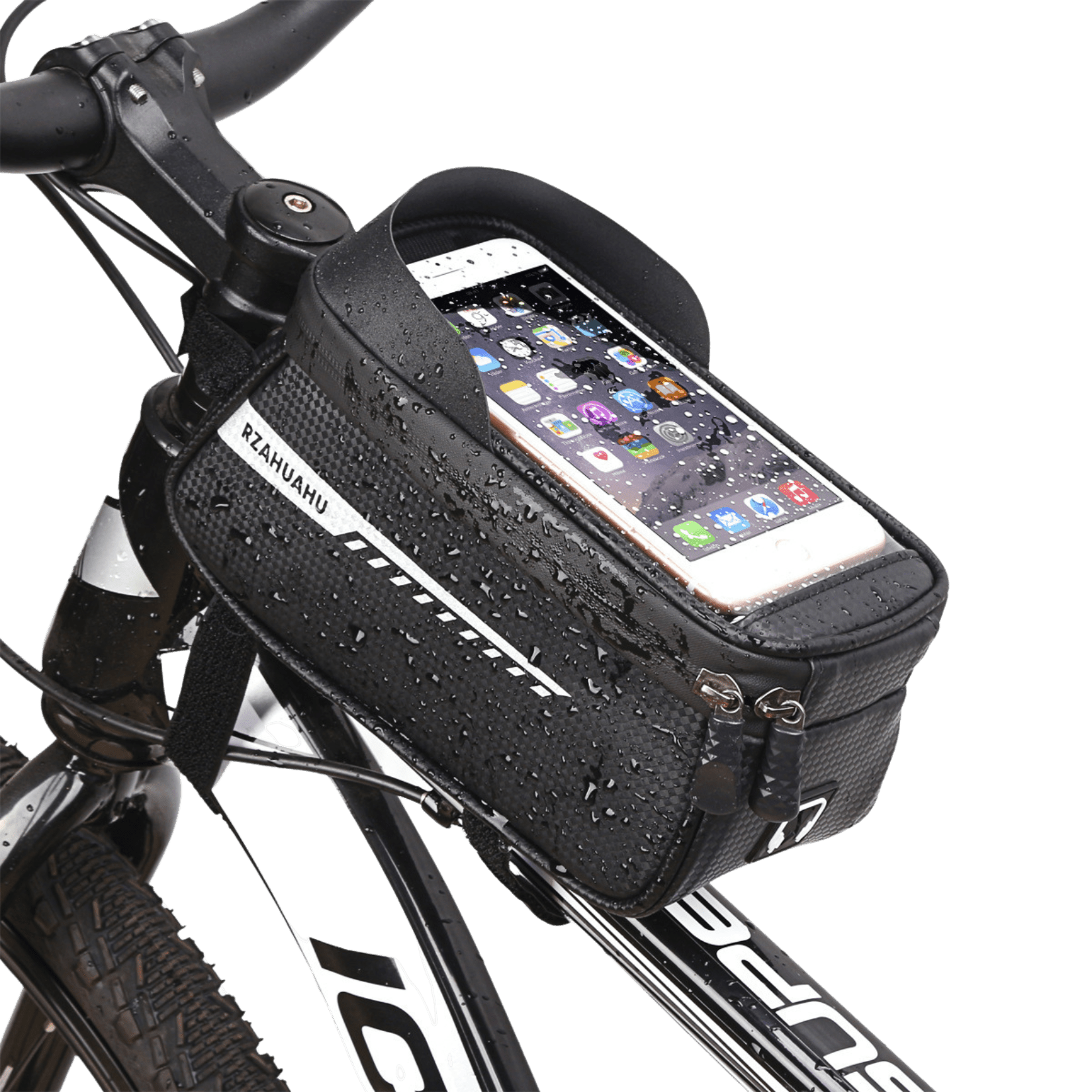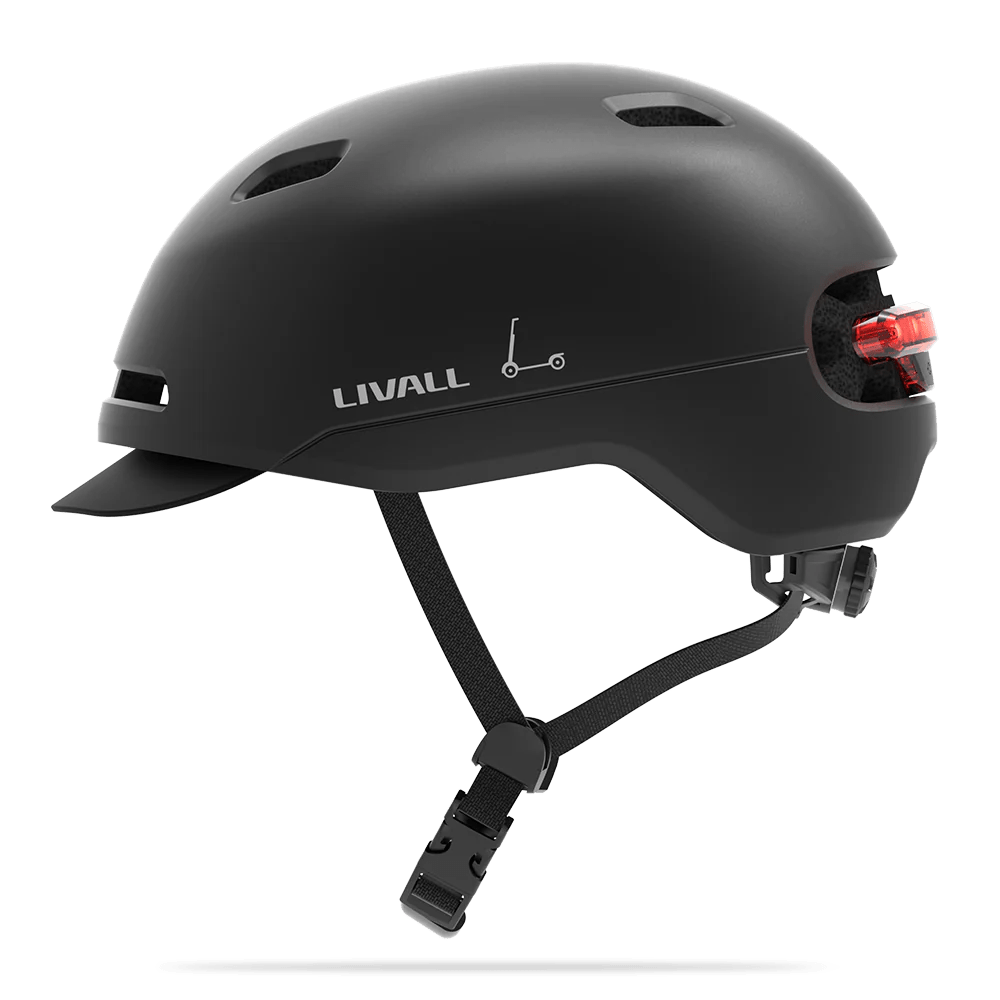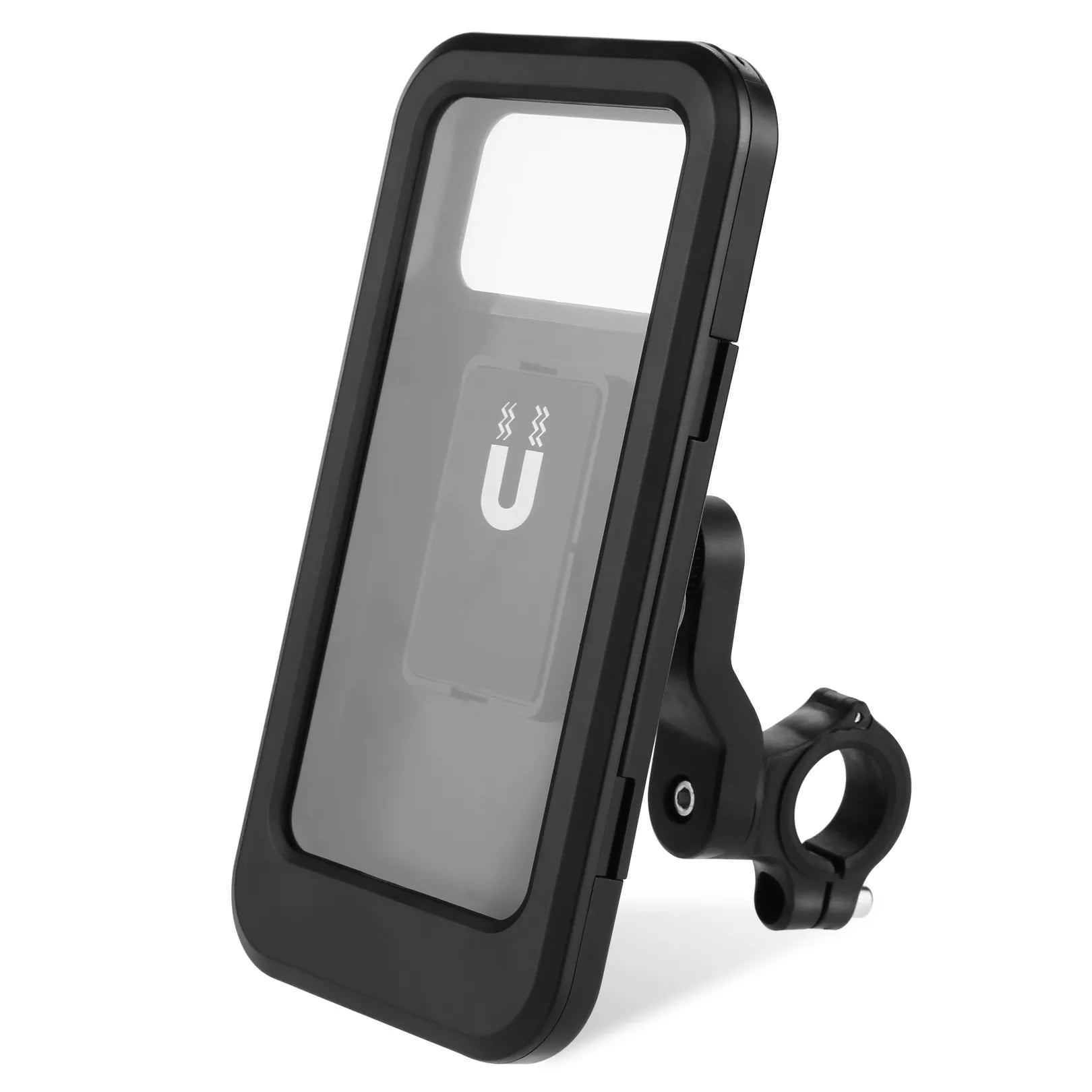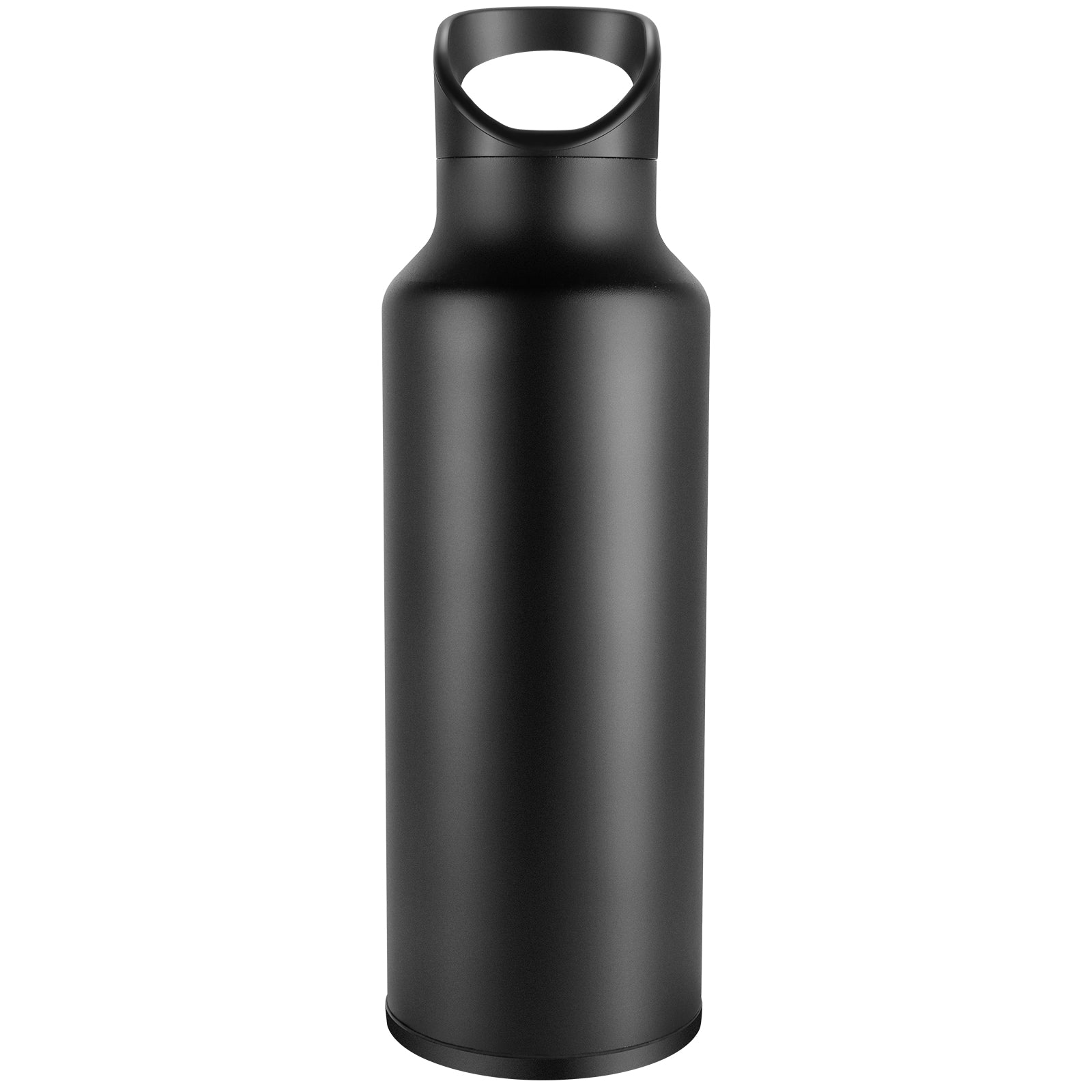Urbanglide-pro
Find your recommended size and saddle height
Recommended Size
Recommended Saddle Height

Add Your Details
Add Your Details

Recommendation
Recommendation
Recommended Size
Recommended Saddle Height
How to measure saddle height?
Saddle height is calculated as the center of the bottom bracket to the top center of the saddle.
Exclusive Offer
Pick Your Accessories

Size & Fit
Size & Fit
155-175cm (5'1"-5'9")
170-190cm (57"-6'3")
| A | Seat Post Length | 440 |
| B | Frame Length | 642 |
| C | Bottom Bracket Drop | 70 |
| D | Head Tube Length | 180 |
| E | Seat Tube Angle | 73° |
| F | Head Tube Angle | 67.5° |
| G | Rear Wheel To Center | 451 |
| H | Front Wheel To Center | 736 |
| I | Wheelbase | 1179 |
| J | Reach | 440 |
| K | Stack | 663 |
| L | Fork Length | 480 |
| M | Fork Offset | 44 |
| N | Trail | 98 |
| O | Standover Height | 370 |
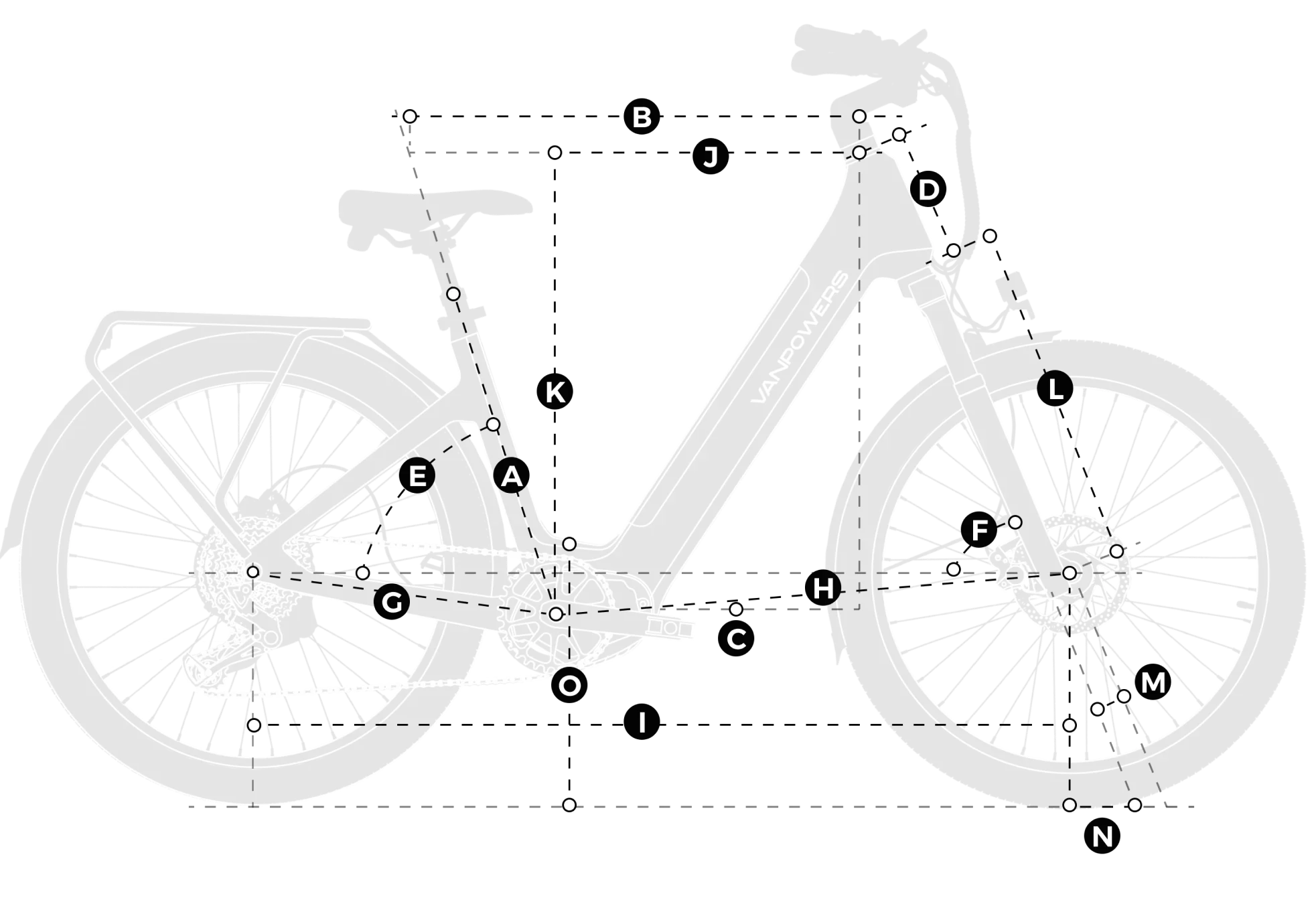

Specification
Specifications
COLOR
Lava Red/Remy Green/Iron Gray
FRAME SIZE
S/L
POWER
Rated 500W
STEM
Zoom® Adjustable Stem, 90mm, 0-90 degree
MOTOR
500W High-Speed Brushless Hub Motor
ASSIST SPEED
20 mph
RANGE
73 miles(118km)
SEAT POST
Zoom Suspension Seat Post, 30.9mm 350mm, 30mm Travel With Quick Release Clamp
MODE
Pedal Assist/Thumb Throttle
REAR DERAILLEUR
Microshift® RD-M26L 8-Speed
BRAKES
Hydraulic Disc Brake, 180mm Rotors
COLOR
Lava Red/Remy Green/Iron Gray
FRAME SIZE
S/L
POWER
Rated 500W
STEM
Zoom® Adjustable Stem, 90mm, 0-90 degree
MOTOR
500W High-Speed Brushless Hub Motor
ASSIST SPEED
20 mph
RANGE
73 miles(118km)
SEAT POST
Zoom Suspension Seat Post, 30.9mm 350mm, 30mm Travel With Quick Release Clamp
MODE
Pedal Assist/Thumb Throttle
REAR DERAILLEUR
Microshift® RD-M26L 8-Speed
BRAKES
Hydraulic Disc Brake, 180mm Rotors
Payment Methods. Learn More









 Photos
Photos
 3D
3D




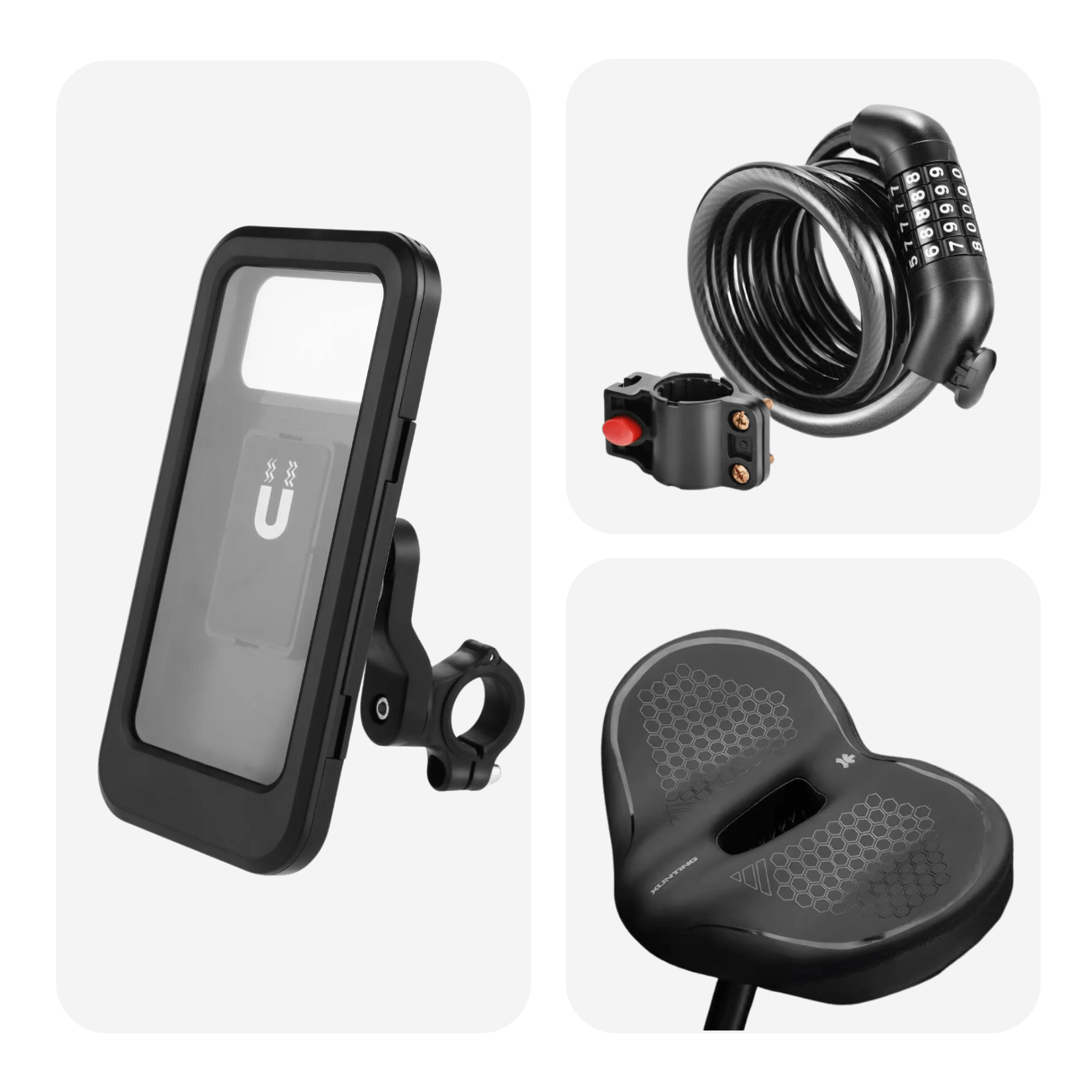
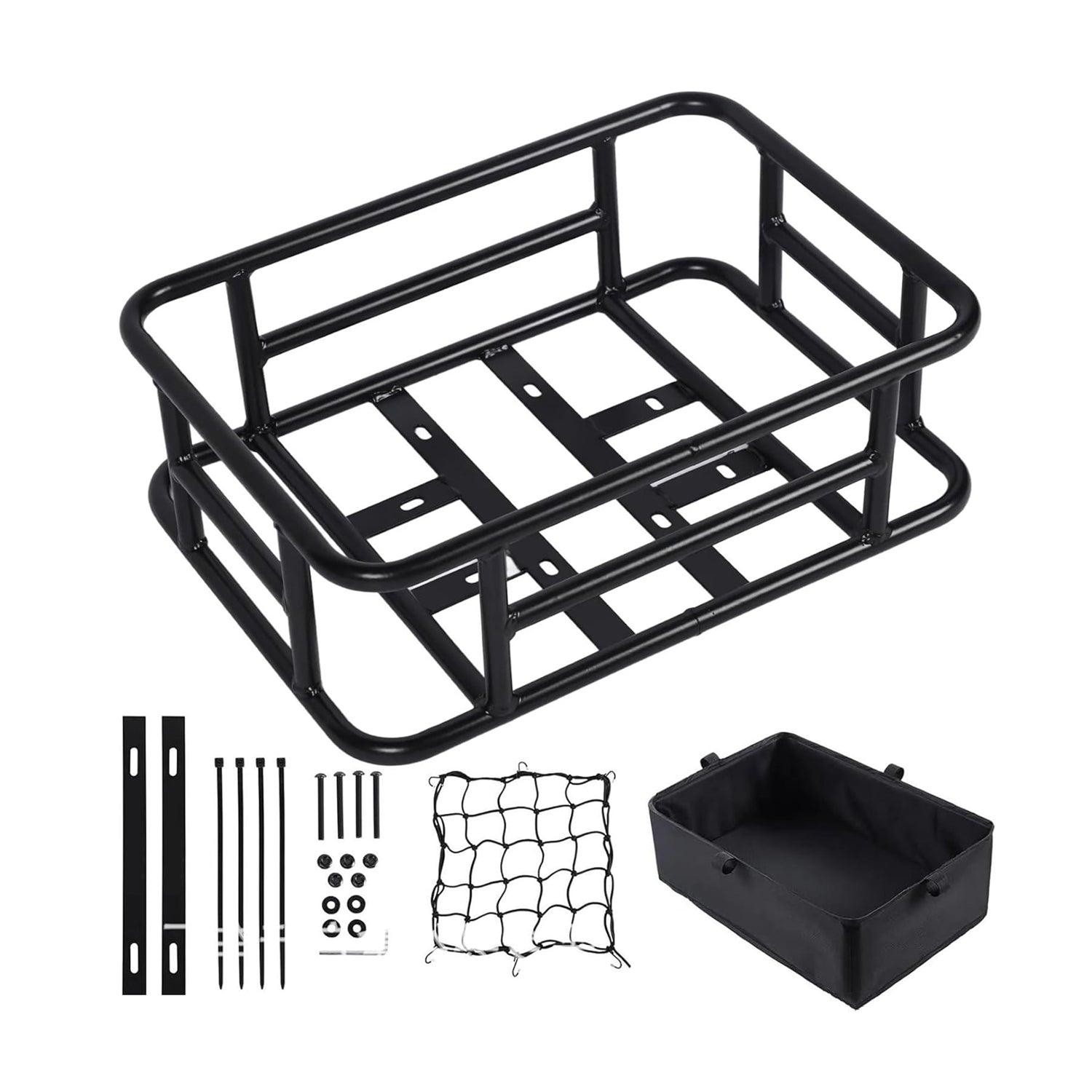
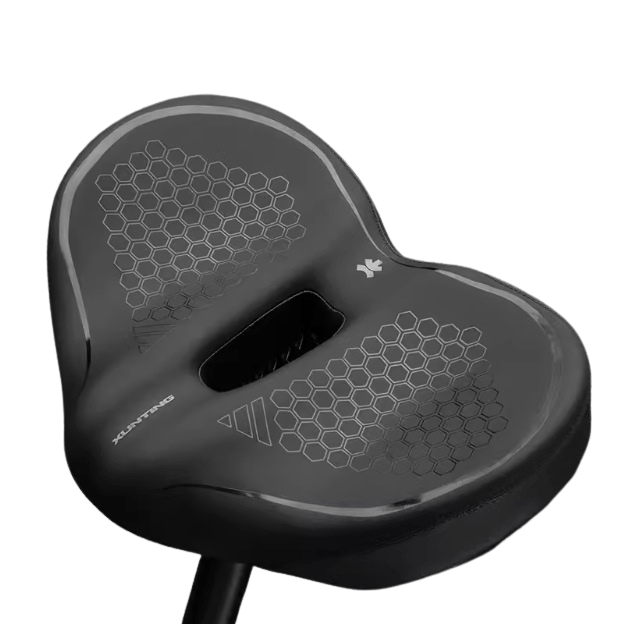
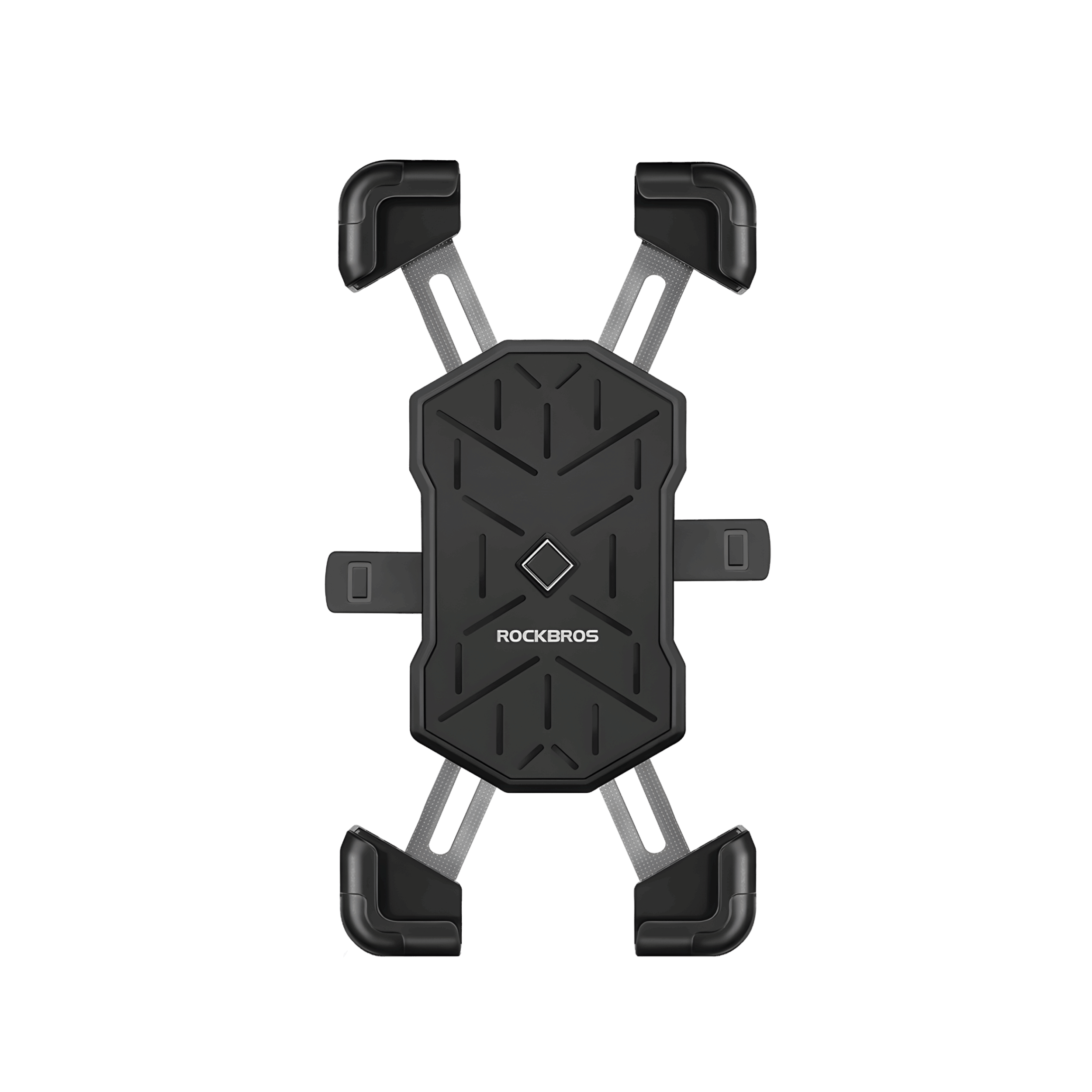
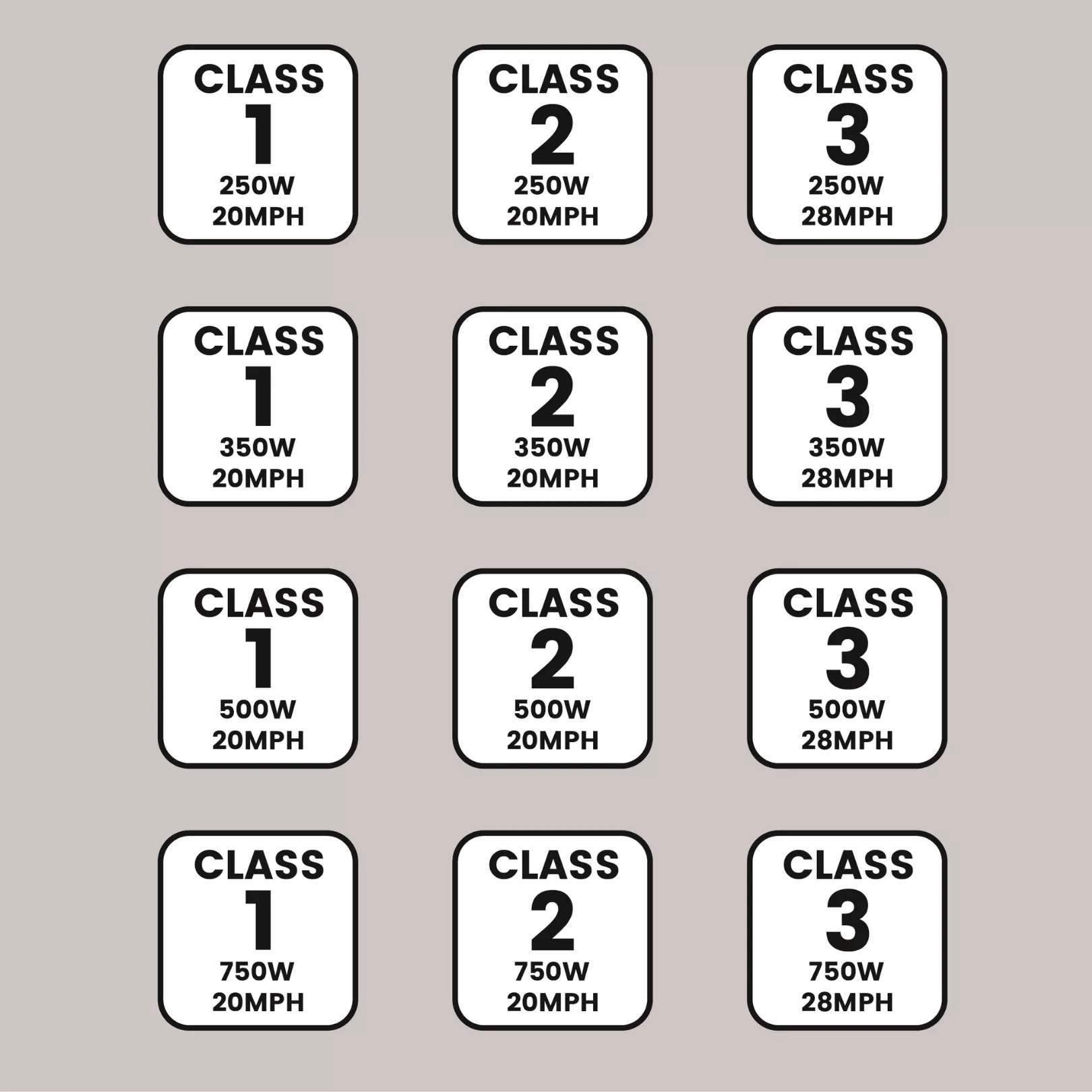
 Ships in 2 business days from the Local Warehouse
Ships in 2 business days from the Local Warehouse
















